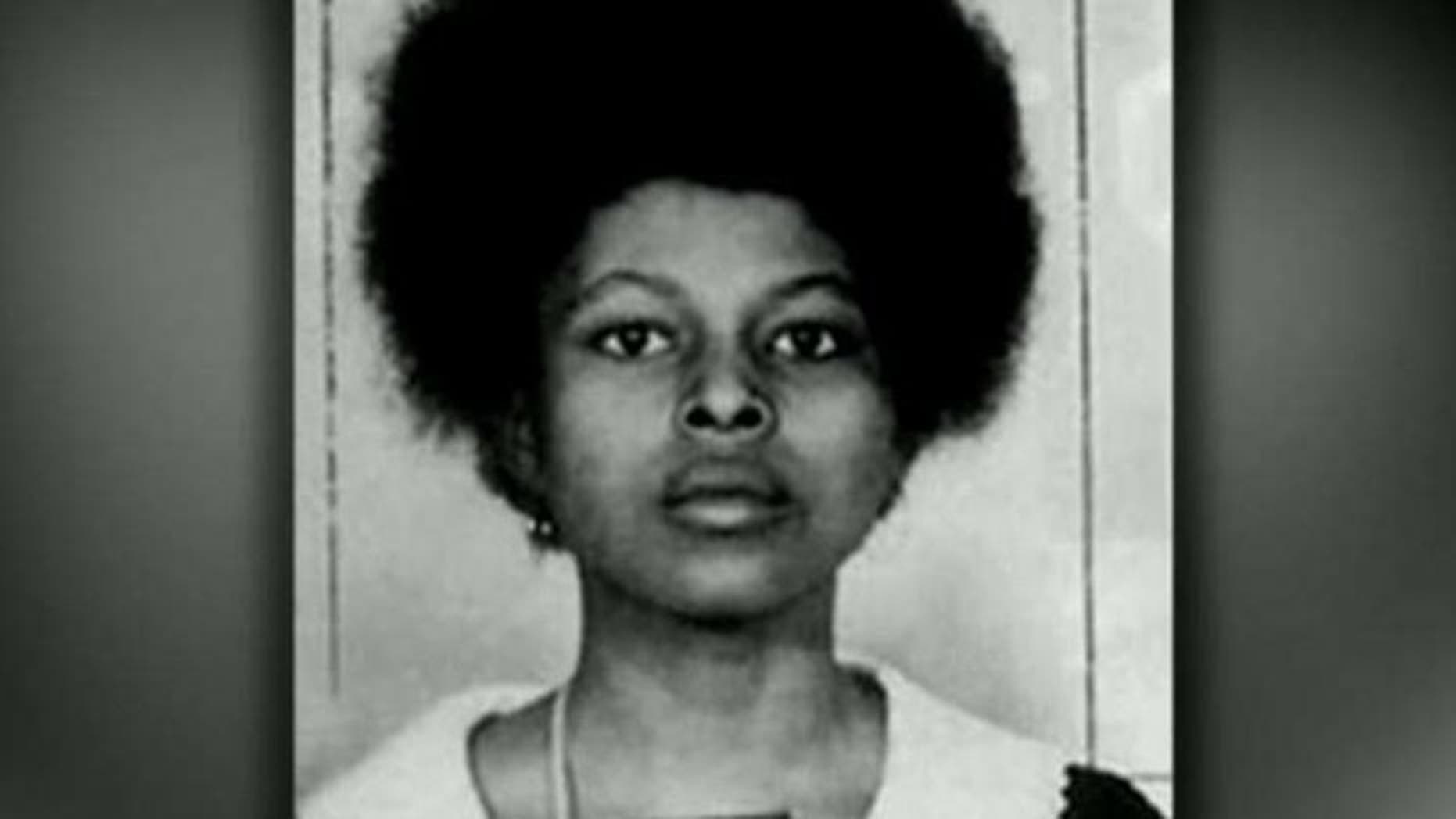

She was given political asylum by Cuba, where she now resides. From the front lines of the Black liberation struggle to the underground torture chambers of Rikers Island Correctional facility, Shakurs harrowing. Two years after her conviction, Assata Shakur escaped from prison. Malcolm X told the truth when he stated, Education is an important element in the struggle for human rights. On May 2, 1973, Black Panther Assata Shakur (aka JoAnne Chesimard) lay in a hospital, close to death, handcuffed to her bed, while local, state, and federal police attempted to question her about the shootout on the New Jersey Turnpike that had claimed the life of a white state trooper. Exploring her well-read autobiography last year changed my life. She fought for human rights in the 1960s and 1970s. The result is a signal contribution to the literature about growing up Black in America that has already taken its place alongside The Autobiography of Malcolm X and the works of Maya Angelou. Assata Olugbala Shakur is best known for her civil rights activism in the Black Panther Party and Black Liberation Army.

With wit and candor, Assata Shakur recounts the experiences that led her to a life of activism and portrays the strengths, weaknesses, and eventual demise of Black and White revolutionary groups at the hand of government officials.

This intensely personal and political autobiography belies the fearsome image of JoAnne Chesimard long projected by the media and the state. Edgar Hoover's campaign to defame, infiltrate, and criminalize Black nationalist organizations and their leaders, Shakur was incarcerated for four years prior to her conviction on flimsy evidence in 1977 as an accomplice to murder. On May 2, 1973, Black Panther Assata Shakur (aka JoAnne Chesimard) lay in a hospital, close to death, handcuffed to her bed, while local, state, and federal police attempted to question her about the shootout on the New Jersey Turnpike that had claimed the life of a white state trooper.


 0 kommentar(er)
0 kommentar(er)
